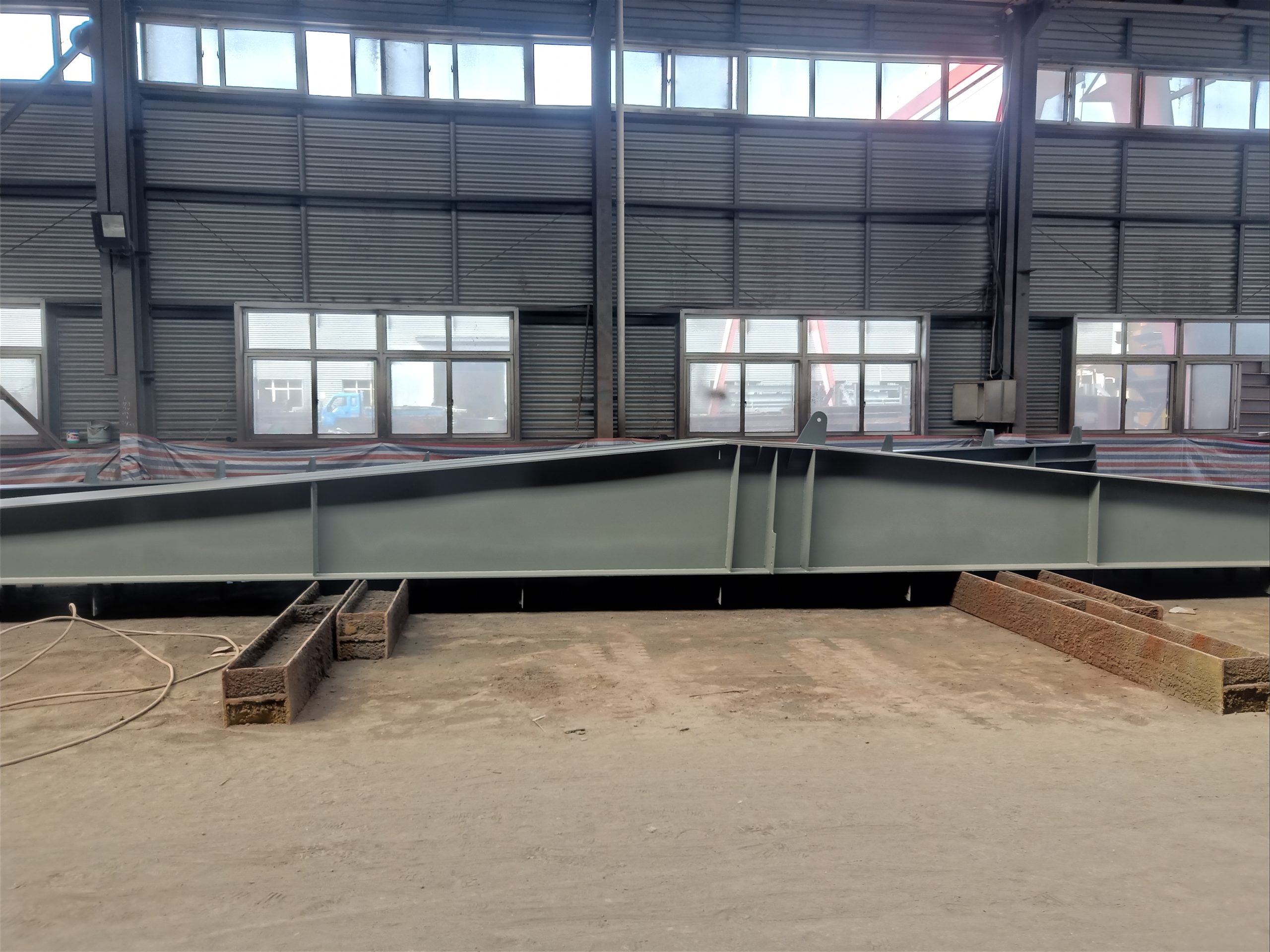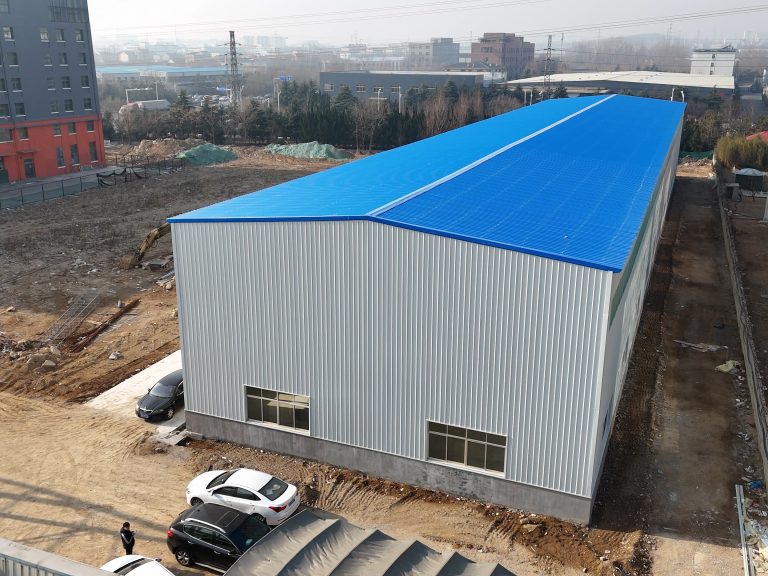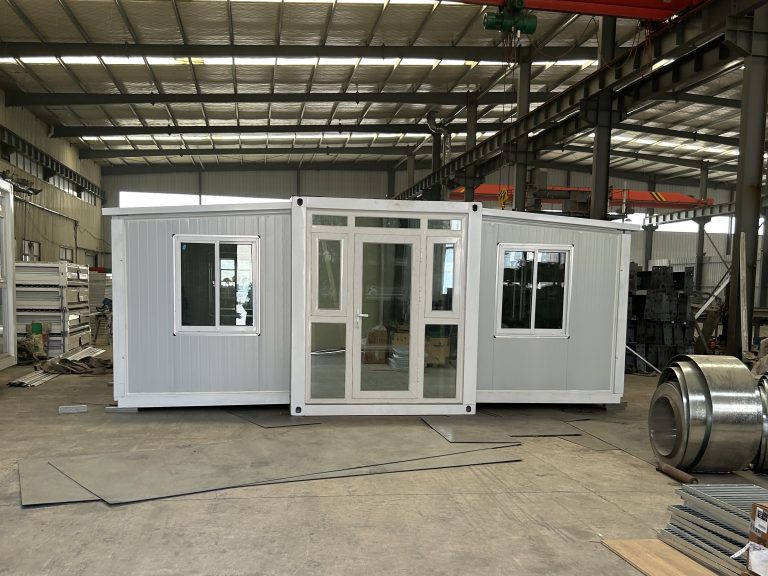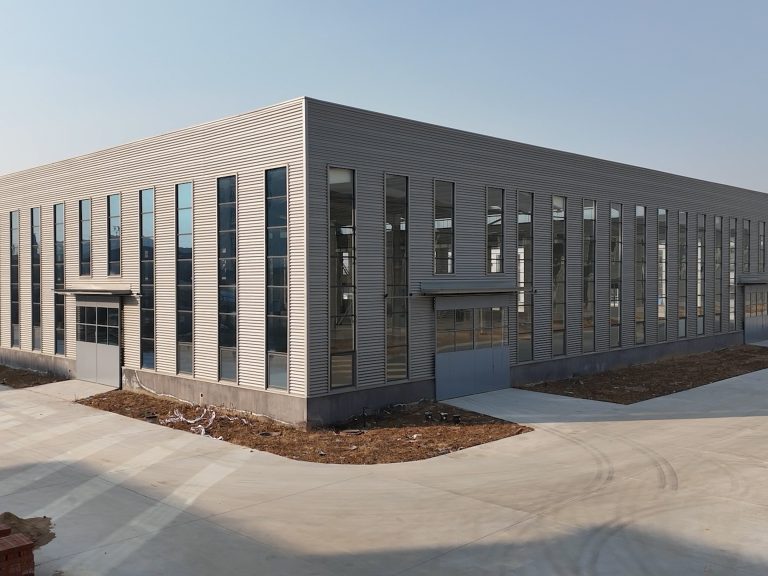Benefits of Using Structural Steel in Construction
Structural steel is a versatile and durable material that has been used in construction for centuries. Its strength, flexibility, and cost-effectiveness make it a popular choice for a wide range of building projects. In this article, we will explore the benefits of using structural steel in construction and discuss some of the techniques that are commonly used in steel construction.

One of the primary benefits of using structural steel in construction is its strength. Steel is one of the strongest building materials available, with a high strength-to-weight ratio that allows for the construction of large, open structures without the need for additional support columns or walls. This strength also makes steel buildings more resistant to natural disasters such as earthquakes, hurricanes, and tornadoes, providing a safer and more secure environment for occupants.
In addition to its strength, structural steel is also highly flexible and can be easily customized to meet the specific needs of a project. Steel beams and columns can be cut and shaped to fit virtually any design, allowing for the creation of unique and innovative structures that would be difficult or impossible to achieve with other building materials. This flexibility also makes steel construction faster and more efficient, as components can be prefabricated off-site and quickly assembled on-site, reducing construction time and costs.
Another key benefit of using structural steel in construction is its cost-effectiveness. While steel may have a higher initial cost than some other building materials, its durability and low maintenance requirements make it a cost-effective choice in the long run. Steel buildings are also energy-efficient, with excellent thermal performance that can help reduce heating and cooling costs over time. Additionally, steel is 100% recyclable and can be reused or repurposed at the end of its life cycle, making it a sustainable and environmentally friendly building material.
There are several techniques that are commonly used in structural steel construction to maximize the benefits of this versatile material. One of the most popular techniques is bolted connections, which allow steel beams and columns to be quickly and easily assembled on-site without the need for welding. Bolted connections are also more flexible than welded connections, allowing for easier adjustments and modifications during construction.
Another common technique in steel construction is the use of composite beams, which combine steel and concrete to create a stronger and more efficient structural system. Composite beams are often used in multi-story buildings and bridges, where their high strength and durability can help support heavy loads and resist lateral forces such as wind and earthquakes.
In conclusion, the benefits of using structural steel in construction are numerous and significant. From its strength and flexibility to its cost-effectiveness and sustainability, steel is a versatile and durable building material that can help create safe, efficient, and innovative structures. By utilizing techniques such as bolted connections and composite beams, builders can maximize the advantages of structural steel and create buildings that are both functional and aesthetically pleasing.






